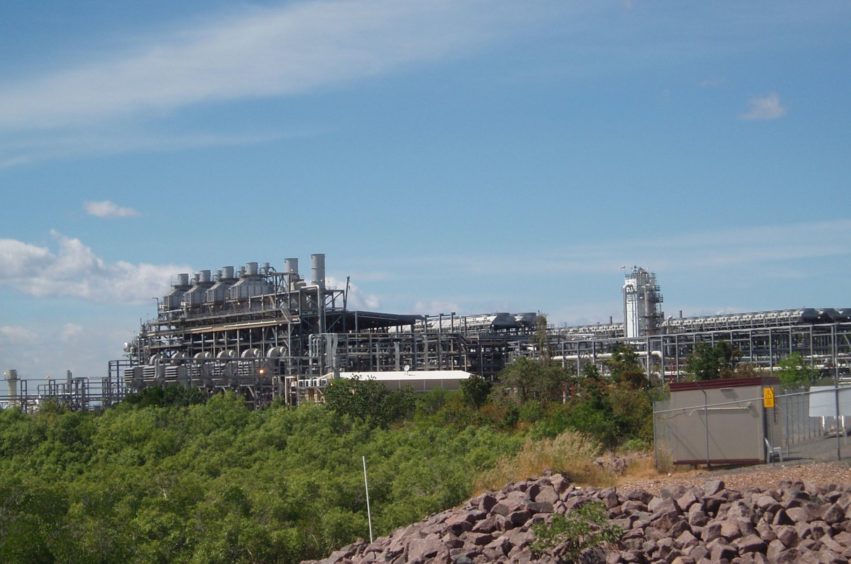
Southeast Asia and Australia are set to take centre stage in the region’s upstream M&A activity as private equity companies sense a value opportunity.
More M&A deals are expected in Asia Pacific next year as the majors and IOCs ramp up their divestment campaigns in the region. However, there appears to be too many sellers and not enough buyers, meaning sellers will need to develop creative divestment strategies.
It has been a relatively busy year for M&A in Asia Pacific as the majors have started to ramp up disposal programmes designed to leave them with smaller but higher margin regional footprints.
In Q4 2019, Chevron, Total and ConocoPhillips exited non-core assets in Southeast Asia and northern Australia, while ExxonMobil has started divestment processes in southern Australia and Malaysia.
Indeed, some $6 billion has already been spent on M&A in the region so far this year, according to energy research company Wood Mackenzie.
“I think 2020 will look similar to 2019, plenty of acquisition opportunities as the majors and IOCs look to rationalise, and the NOCs look for new partners. However, we continue to see a lack of serious buyers, which will impact the valuations that sellers are able to achieve,” Andrew Harwood, Asia Pacific research director at Wood Mackenzie told Energy Voice.
This will make it challenging for bigger players, such as Chevron and ExxonMobil, who are looking to downsize their portfolios in Asia, particularly as there seems to be a lack of middle-tier companies that would typically take on these assets.
Recent M&A activity in Asia Pacific has been dominated by a handful of regional NOCs, such as Thailand’s PTTEP, as well as local players, like Indonesia’s Medco Energi and Australia’s Santos. But it remains to be seen if these companies have the financial capacity to support further acquisitions.
As a result, there could be a bigger role in Southeast Asia for private equity as the majors start to unlock larger assets, similar to the market trend seen in the North Sea. Indeed, Harwood would not be surprised if more private equity or infrastructure type investment companies sense a value opportunity and start making waves in the region next year.
Three quarters of the majors’ Asia Pacific portfolios by value sit in Australia. This reflects both the importance of cash-generative long-life LNG assets and the key role of gas in the energy transition. Other regional projects that cannot compete for capital in the face of low-cost, high-margin opportunities elsewhere will become increasingly non-core, said Harwood.
Assets for sale
There are a number of assets being actively marketed, including ExxonMobil’s interests in Peninsular Malaysia and Australia’s Bass Strait, which if sold could net the company between $4.5 billion and $6 billion in total. The US major is also considering selling fields in Thailand, Indonesia and Vietnam.
Chevron is looking to sell its stake in the Indonesia Deepwater Development (IDD), which has a planned design capacity of 9.5 billion cubic metres per year of gas and 11 million barrels per year of condensate. Obvious buyers include Indonesian NOC Pertamina or Italy’s Eni, which is keen to boost its upstream footprint in the archipelago.
Shell is also reportedly looking to exit the proposed Abadi LNG project in Indonesia by selling its 35% stake for between $1 billion and $1.6 billion. But the supermajor could struggle to find a buyer for its share given both the price tag and the history of delays at the project.
M&A potential in Southeast Asia is also expected to be driven by regional NOCs farming down assets to bring in technical and financial partners to manage newly expanded portfolios. Significantly, two of the region’s biggest portfolio owners, Pertamina and PTTEP, must spend a collective $32 billion over the next five years to maintain their domestic supply outlook, analysis from Wood Mackenzie shows.
Meanwhile, more M&A is expected in Northern Australia after Santos acquired ConocoPhillips operatorship of the Darwin LNG export facility, as well as stakes in the Bayu-Undan, Barossa and Poseidon offshore gas fields for $1.4 billion in October.
It was a logical and attractive deal as it consolidated existing equity participation across the Barossa, Bayu-Undan and Darwin LNG assets. Barossa is expected to be developed as backfill supply for Darwin LNG, as Bayu Undan, which supplies the export facility, is projected to stop producing around 2022, unless new operator Santos can extend the life of the field.
Moreover, the deal will now act as a catalyst for further alignment of equity across the three projects, predicts David Low, Australian upstream analyst at Wood Mackenzie.
“South Korea’s SK E&S is expected to make the first move and acquire 25% in Bayu-Undan and Darwin LNG. Gaining equity alignment across the Barossa project and the Darwin LNG plant would remove a key hurdle for taking FID on the Barossa project,” said Low.
“We think it makes sense for the Japanese partners, Inpex and JERA, to also farm into Barossa. Those two being equity participants in Bayu-Undan and Darwin,” added Low.
Indeed, with no shortage of assets on the market in Asia Pacific there is clearly potential for upstream M&A activity to accelerate in 2020. But sellers will need to get creative and structure deals to meet the needs of buyers.
Aside from breaking up large asset packages into smaller tranches, clarity and certainty around abandonment liabilities for late-life assets will also be key to getting M&A moving. No doubt buyers will want to see sellers retain a share of the decommissioning liabilities.
Nevertheless, there are some big deals on horizon in Southeast Asia and Australia next year.